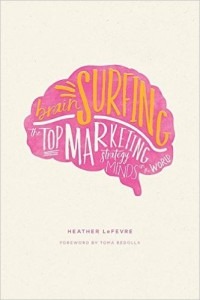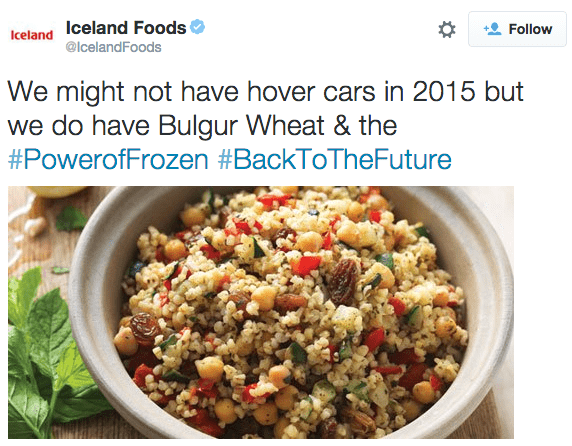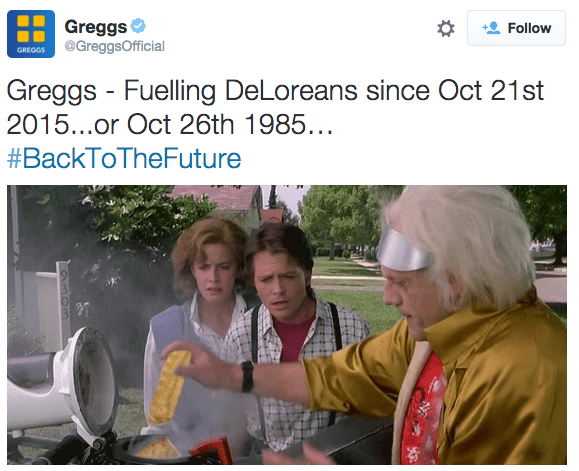In the past year I’ve had the chance to spend more time with my sister Saskia on her vineyard, Les Arabesques. She owns a small estate in the Roussillon region of the South of France. It’s about 30km west of Perpignan, between The Corbières and the Pyrénées mountains. She is committed to growing grapes and making wine in a traditional and natural fashion. It’s still very new, this year was her third harvest. I’ve had the chance to learn more about winemaking talking with her, and occasionally helping throughout the season – so I also got some practical experience of the process.
The first thing that keeps blowing my mind is the timeline she works to. All she does is dictated by nature and seasons. Every choice she makes has an influence over her potential livelihood for the following 12 to 18 months or so. She creates the best context and environment possible, maybe give things a nudge in the right direction, and lets nature do its work.
I know it’s always been that way, but I’ve never been particularly close to nature. I’ve been used to working in large cities and advertising agency offices where the briefs are due yesterday. Everything needs to happen faster and faster. Everyone is busy and power-walking around. As soon as I arrive in a city, I walk faster from the moment I get off the plane or train. I spend time with brand clients trying to understand and explain the evolution of consumer or purchase behaviours. Peering over new and popular technologies, networks or apps that may well be obsolete or irrelevant tomorrow. Obsolescence is a recurring theme, businesses even bake it in their products, or if not release new goodies on shorter and shorter cycles to always create news and needs.
My sister works with the seasons. The project cycle is a year or more and necessarily adaptive. While the general seasonal pattern is the same every year, and the tasks roughly take place in the same order, there are still a lot of variations depending on the weather. She has a direction in mind for her wines, though has to adapt to what nature throws at her.
Winter is pruning time. While the vines are sleeping it’s time for her to go through all her plots and snip off the unwanted branches. I spent a day with her last winter where I was “pre-pruning”. Basically just cutting off the major branches without going into the detail, which are important choices she makes herself. She told me pruning is the job where the most knowledge and experience is required. There are several techniques she learned while being trained in Burgundy and Provence. As I understood it, she visualises the path the sap will most probably take from the roots to the branches. This guides where she prunes to encourage the growth of branches that will bear the most and/or best fruits for the harvest. It is quite similar to pruning a bonsai actually. Now she is getting to know her vines better in the third year, she also has a better idea of the way they behaved in the last harvest, pruning also based on her experience. Most of that work is done by herself with her dog, in cold, windy yet often sunny weather. She says there’s something meditative about caring for her vines during that time of year that she really enjoys.
In parallel, winter is also time for several professional exhibits and shows. It takes a lot of time to make the wine, and it takes time to sell it too. This year she was invited to participate in what is often considered the best professional show for organic and natural winemakers, Renaissance des Appellations (Return to Terroir). The yearly event gathers many of the best natural winemakers, sommeliers, and wine importers from around the world.
And if that wasn’t enough work already, the wine from her previous harvest is slowly getting ready. She has to watch out for any sudden shifts in temperature that might upset the wine in the cellar, check and taste it on a regular basis. Christmas is luckily a quieter time where she can generally take a few days off, away from her cellar.
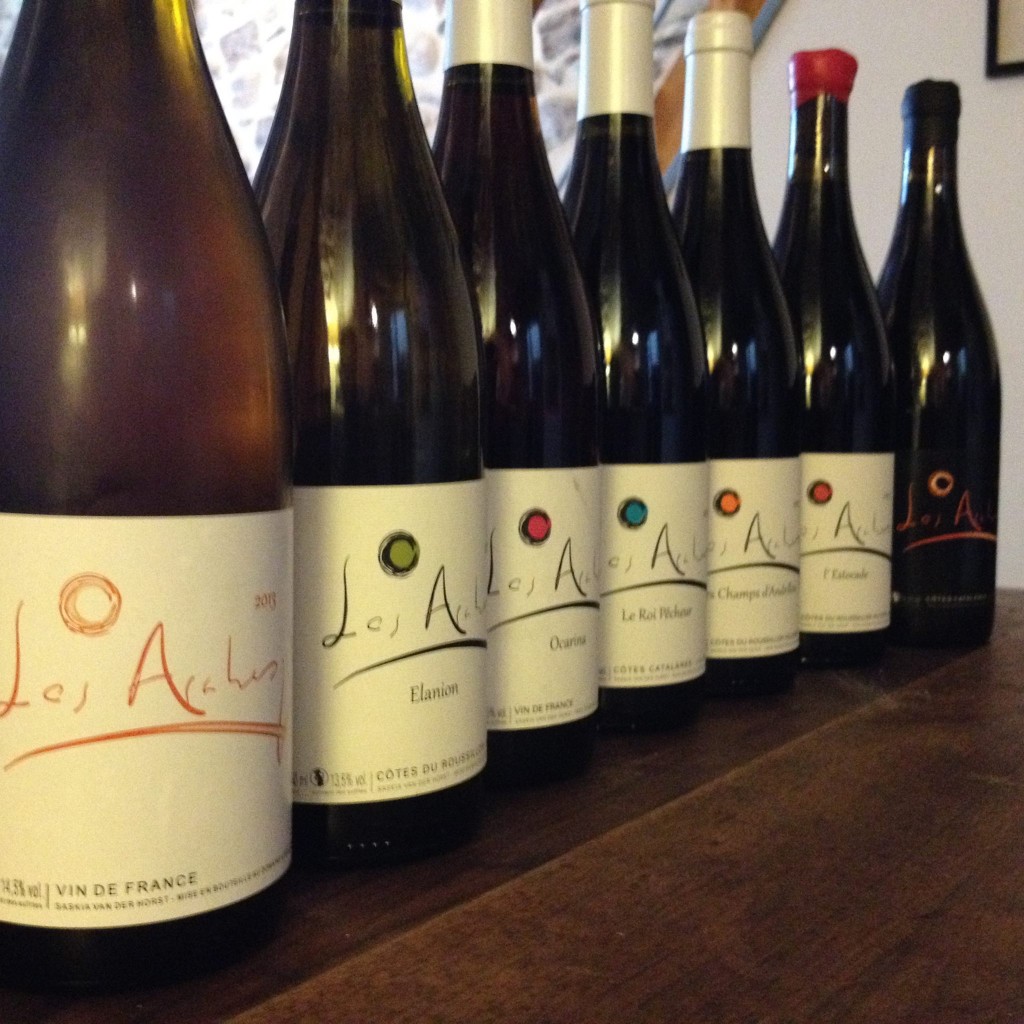
Spring time is mostly about fertilising and treating the vines, caring for them so that they’ll be able to be healthy, and resist trouble from fungi, diseases, or insects. That means going out before dawn to sprinkle the vines, as well as removing rocks and weeds from the plots. I tried removing weeds. It’s hard work. Stooped over with a small pickaxe hacking at the rocky terrain. It was another opportunity for her to make fun of my city like habits and general uselessness when it comes to most manual labour. It’s also bottling and labelling time for the wines from the previous harvest that are ready to be sold and drank. That’s where I’m more comfortable, particularly the drinking part of it.
The spring time work carries over into the summer, and then there’s a quieter time before harvest when many of the local winemakers can take a holiday, around late July or so. The rest is about selling wine, watching out for the weather, checking the progress of the growing fruits, watching out for any trouble that might take place, and generally gearing up for the harvest. I helped on the harvest for the first time this year. It’s tough work for the back, but it’s also a good time. It’s fun to be outside in the beautiful countryside, bantering with other grape pickers under the watchful eye of my sister’s partner. He plays the role of mock tough supervisor, to the tone of “I don’t want to see a single leaf in those baskets! We’re not brewing tea here, monsieur!”
Everything at that moment is crucial, from the grapes picked or set aside, to the choices made in the cellar. Are these grapes ready to be harvested yet? How much sugar content do they have now and how does that compare with the alcohol level I’m aiming for? How many days should these grapes ferment before being pressed? With or without the stems? These are only a few of the questions she has on her mind at that time of year. There might be more bottling beforehand too, for the wine from the previous year that wasn’t ready for consumption yet, and to make space in the cellar for the new wine.
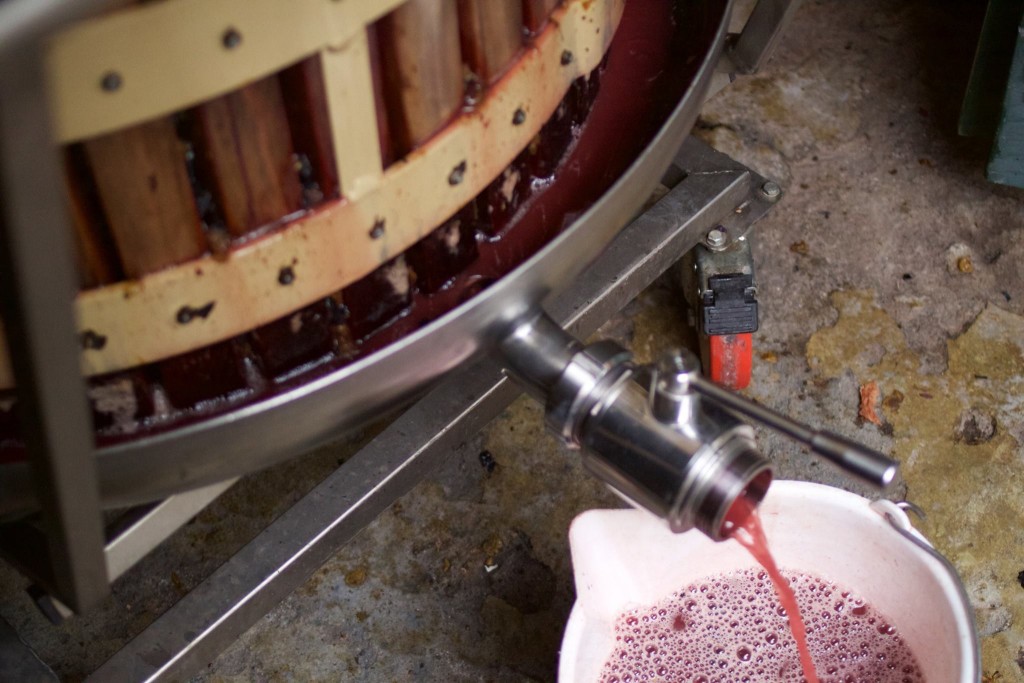
I learned that grapes for rosé and white wine are pressed immediately after being harvested. Grapes for red wines can be pressed later, the when and how depends on the kind of wine being made. I tried the age old tradition of stomping on grapes, which is both harder work than it seems and pretty satisfying. It’s not just folklore, it serves an important purpose. Given the grapes have just been picked, the berries are still firm. The press works from the top down and is flat. Stomping the berries helps more grape juice to be extracted. If they aren’t stomped then a lot of berries can be stuck at the bottom without being pressed, and you can lose a lot of juice.
As soon as the excitement of the harvest is passed, it’s already autumn and time to keep in contact with her clients, as well as find new ones. Most wine cellars and restaurants start ordering and stocking up for the end of year holiday season. Meanwhile she also has to watch out for this year’s wine fermentation progress. Update Facebook with new photos from the harvest. Watch out for any press or worthwhile professional show opportunities. Then of course there’s the joys of year-end admin and finance.
And the cycle starts again.
As a strategist an important part of my job in advertising is to synthesise everything I learn from research for a particular brand in order to provide a direction for the creative team. While I might have the chance to do some research with people and try a product or service before a write a brief, I rarely have that much time to really experience it in the way I have with the vineyard in the past year, and even then I’ve probably only skimmed the surface. That said, I certainly have a new appreciation for working with nature that I hope I’ll be able to take into account for future work.
What I’d write in a brief is traditionally called a single-minded communication, or proposition. Most of the time it’s one sentence, as short and inspiring as possible. It encapsulates the main message to be communicated.
In this case It might be a shame to try and summarise something as complex as this process to a single short sentence. It would be near impossible to do it justice. Traditionally made wine like my sister’s should really be tasted (I recommend getting advice from a professional in a wine cellar or restaurant to try a good one). Each one is unique. You won’t necessarily like every one you try, but you’ll find one that you enjoy. If you get into it you might even have a hard time going back to mass produced wines.
Fortunately I don’t have to write a short sentence here. If you’ve read this far you may well be the kind of person that will remember and appreciate the amount of work that goes into these wines when you taste one.
